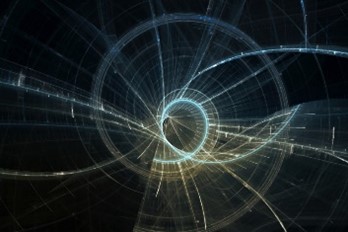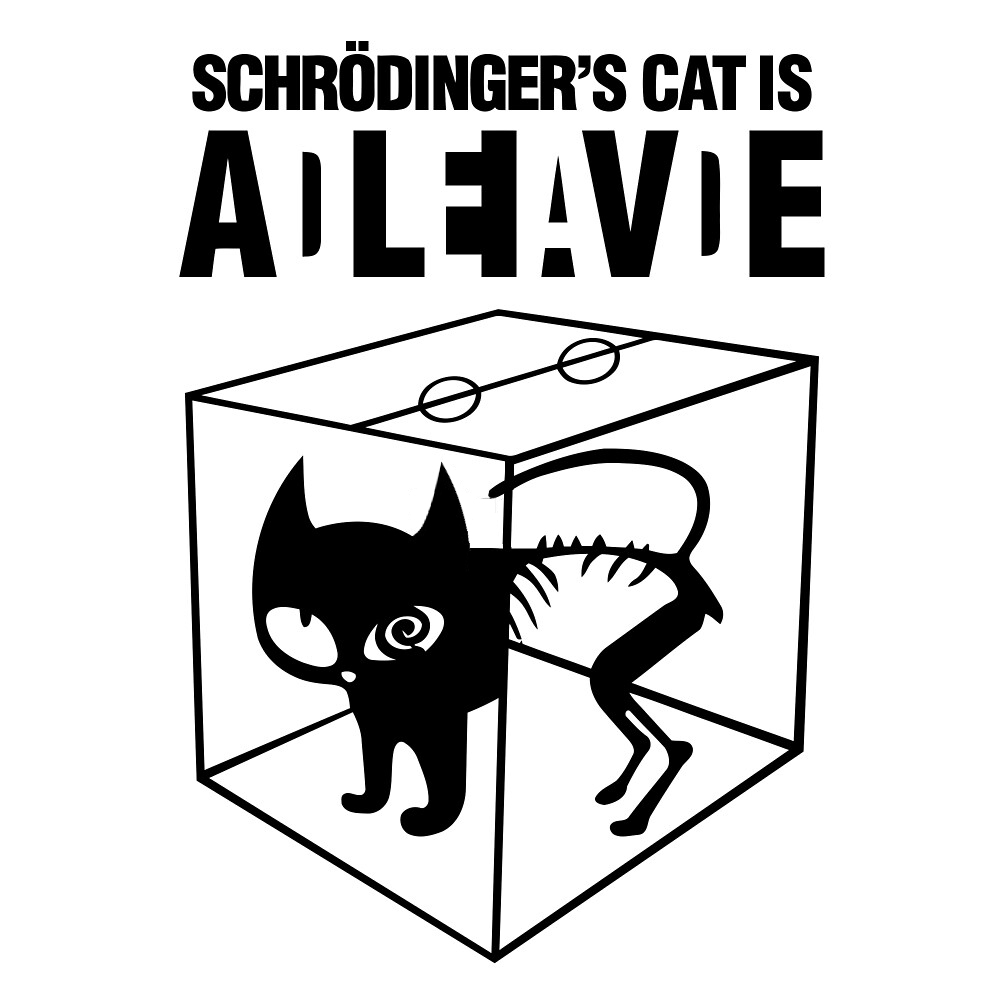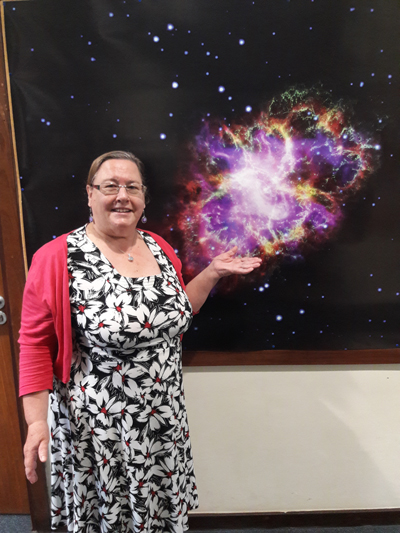What is Light
by Jackie Eadie
I have long struggled to get an image of light in my head – beams, rays, shafts – what is it?
- Reflection – saw them bouncing back off a mirror; Refraction – saw them getting slowed down when entering water so my straw looked bent. Quite handy these 2, for telescopes……
- Particles of light, photons, packets of energy moving faster than anything in the universe (cosmic speed limit) – created in stars as byproducts of nuclear fusion.
- Colours in my brain when light hits a cell in my eye. Obvious, but I was blown away to discover there are more ‘colours’ out there with confusing names all along a spectrum of energy: from high frequency gamma rays to low frequency radio waves, including x-rays, UV rays, visible light, infrared radiation and microwaves.
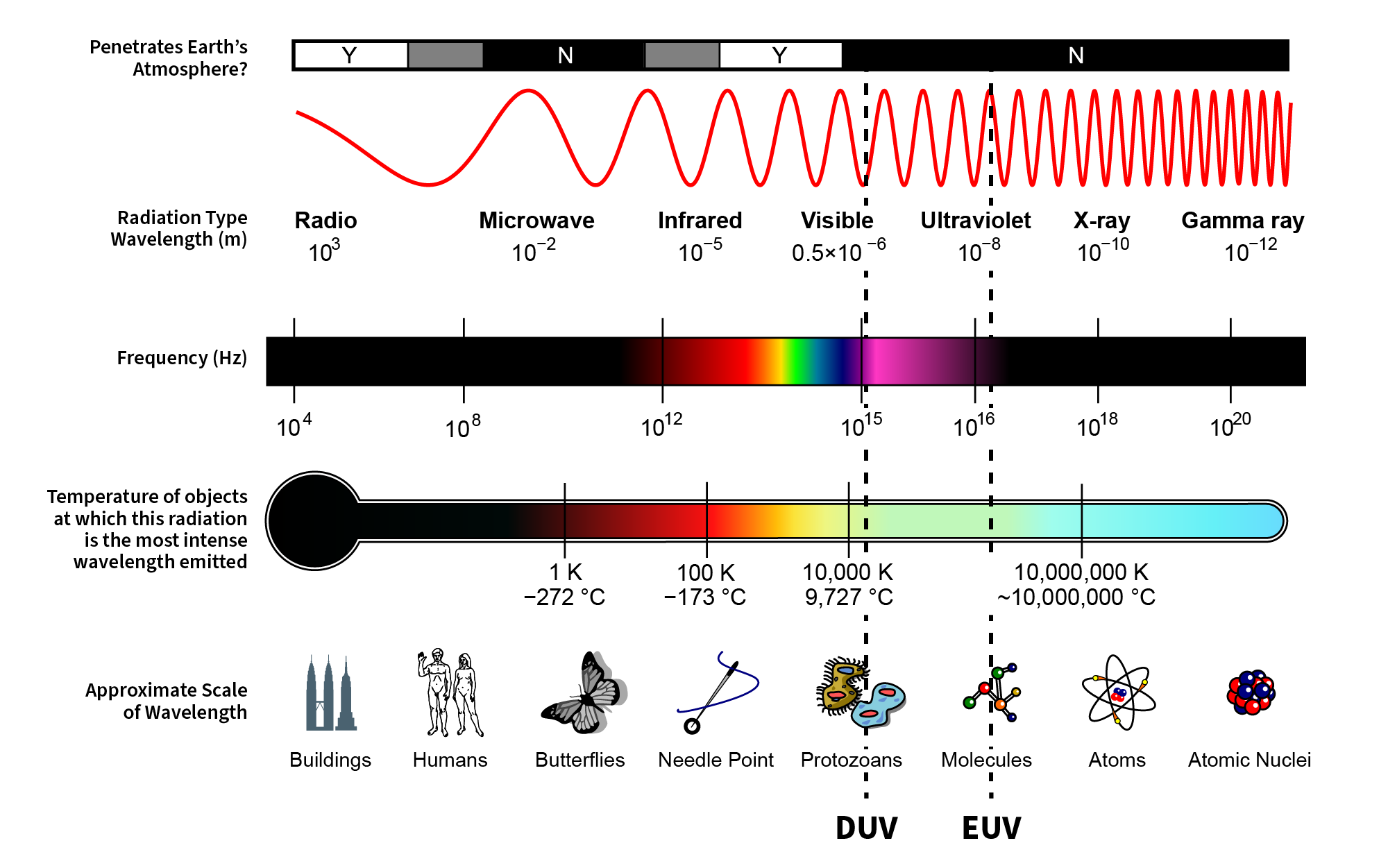
- A sunbeam has a range of packets varying in energy, corresponding to different wavelengths (from one crest to the next);
- It has all visible colours (=white) but the blue is most easily deflected by molecules in the atmosphere so we see sunshine as a bit orange;
- Although we learn ‘Red Orange Yellow Green Blue Indigo Violet’, that is more because 7 was seen as a ‘perfect, holy number’ than down to what we really see;
- When a particle hits most leaves, all energy is absorbed to photosynthesise sugar EXCEPT green, which gets spat out as an emission of another packet. So is green really a good colour for nature, when it is the most useless?
But what is it actually? Rays, waves, photons or packets? Is it all or, indeed, none of them? More thoughts to come next month.
What more is light?
What is wave-particle duality all about?
Last time I ended with light as both particles AND waves and for many years I simply imagined dots following each other in wavy lines.
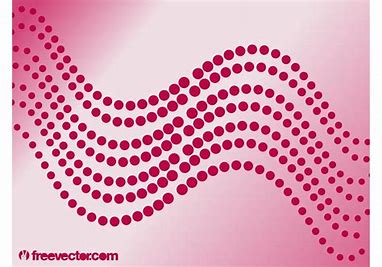
Young’s Double Slit experiment 1801 demonstrated diffraction patterns that can only come from waves interfering with each other.
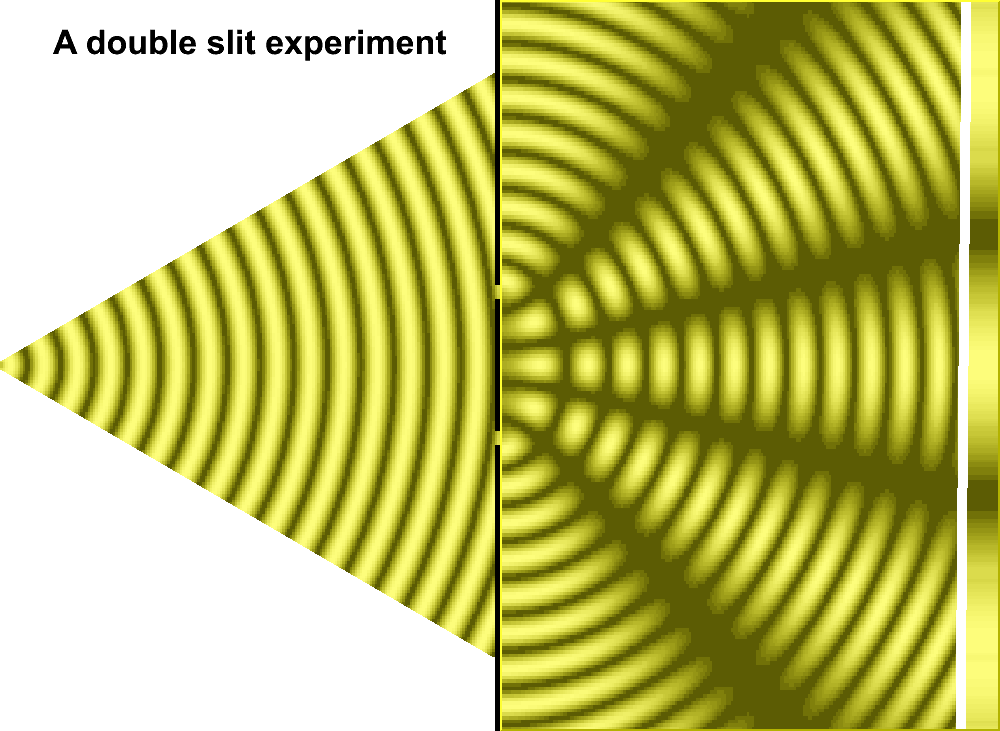
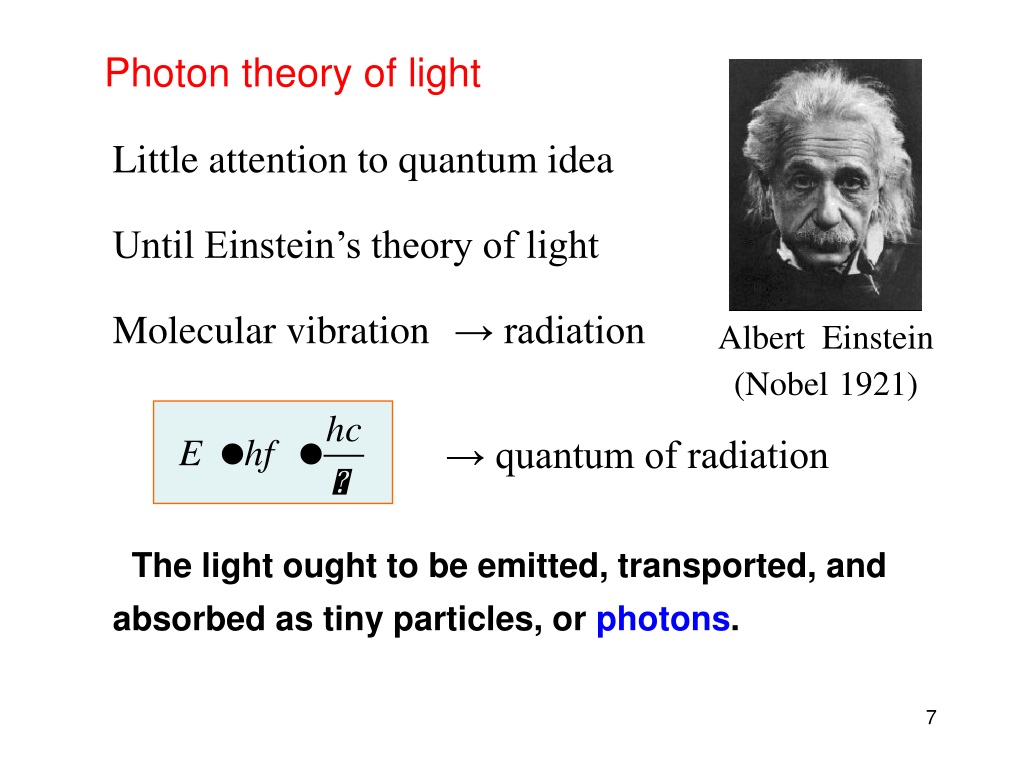

How to come to terms with this duality?
When I think about spacetime, I imagine we are moving through a fluid. Light can be detected (seen by our eyes or felt as warmth on our skin, and its momentum can push light sails through space) so it is called a field within spacetime. A field is just something that is known by its effects.
News of string theory leads me to imagine the energy of a field as a vibrating wiggle in spacetime.
